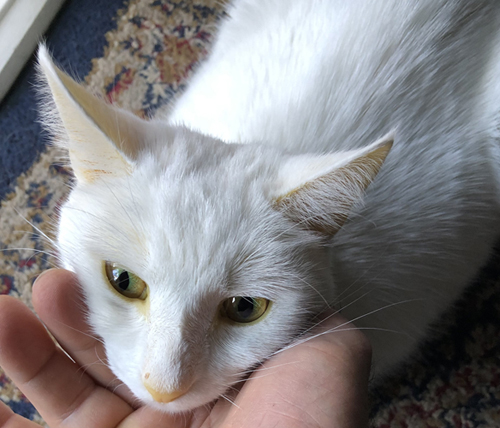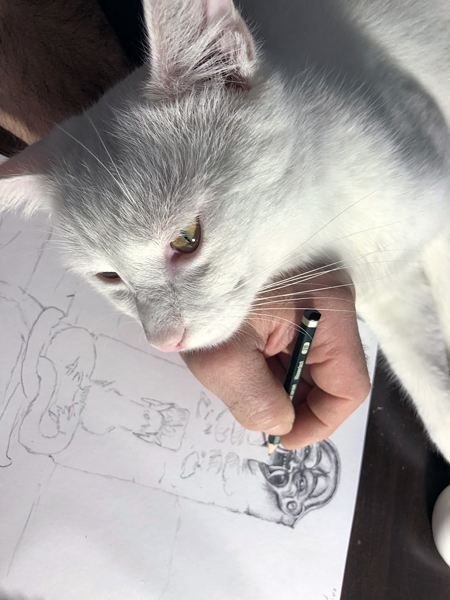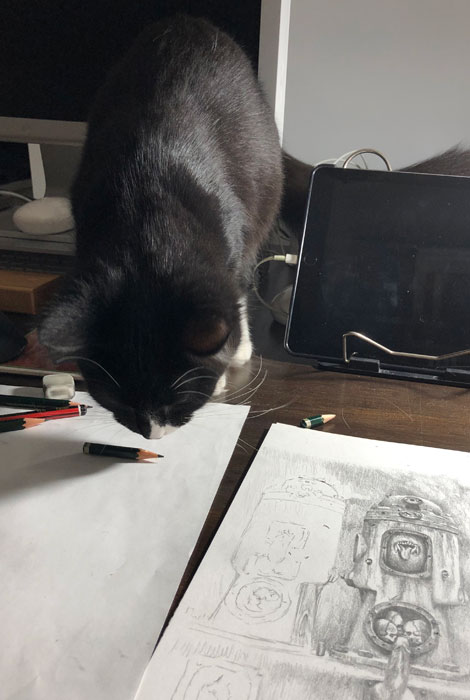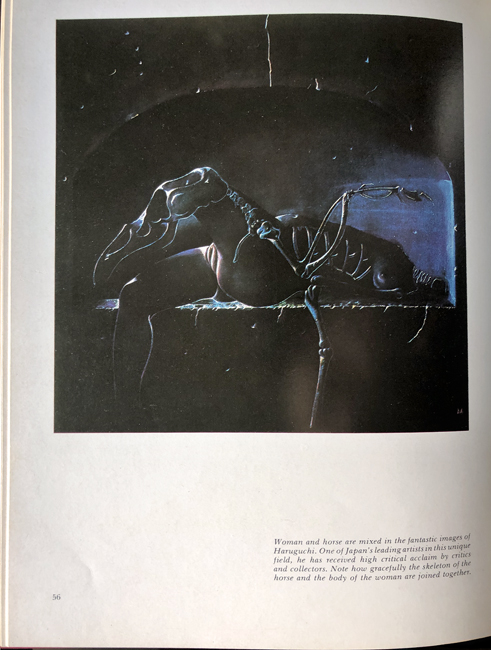 |
ARTIST
|
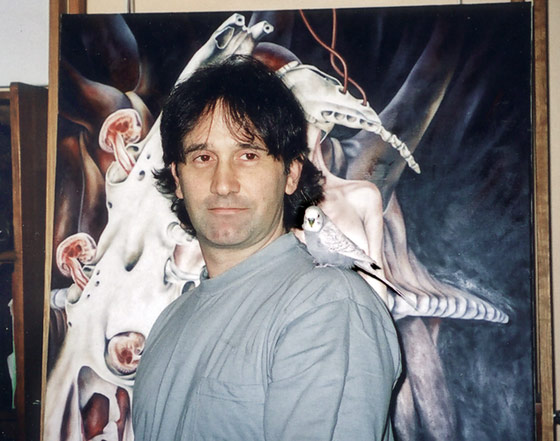 Demetrios in the studio, 2004, with "the Hub", the pet budgie.
|
 the" Hub" .... master of the ambush, below, his idea of a bird bath.... 
Verist
of the improbable The
philosophical underpinnings of his works however,
resurfaced post "9/11" manifesting
in art critical of religion and religious values.
Later, Vakras incorporated concepts (largely) from
Greek mythology into his repetoire. ADDITIONAL INFORMATION: pdf: PDF Flyer on the art of Vakras pdf in the Greek language: PDF Flyer on the art of VakrasAlthough my early art was influenced by the surrealists it has continued to diverge from what are considered to be traditional surrealist principles. I reject the idea that random accidents make for good art (essentially Lautreamont's famed encounter of an umbrella with a sewing machine on an operating table). Unless these accidents are refined and articulated they remain accidents. This therefore takes my work out of the surrealist ambit. My art is closer to what might be defined as fantastic art rather than surrealist. I suspect it would be best described as being closer to a form of 19th century symbolism which however has learnt the lessons of 20th century surrealism - a kind of "surrealised symbolism" Many artists have had an influence on my own work, from Dalì and Magritte to Bellmer. So too have the works of lesser known artists such as one painting by Pavel Tchelitchev, Cache de cache (hide and seek) 1940-42, and a painting by another artist, Mitsuyoshi Haruguchi (Transmigration of soulsbelow left), which I saw reproduced in the book 20th Century Masters of Erotic Art, Bradley Smith isbn 0-517-542366. The influence of Haruguchi's painting can bee seen in my painting Visceral symbiosis (below right).
|
site & its
contents © demetrios vakras |

